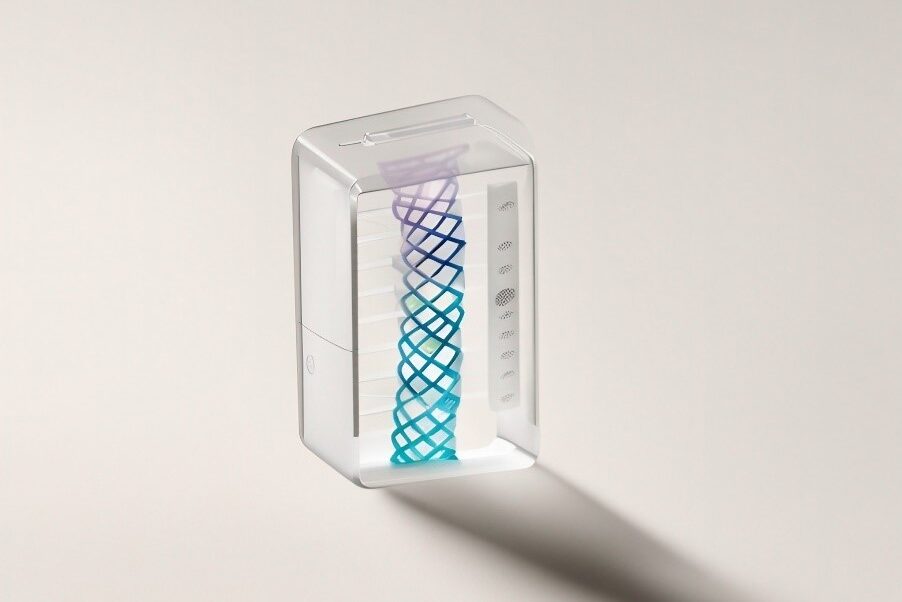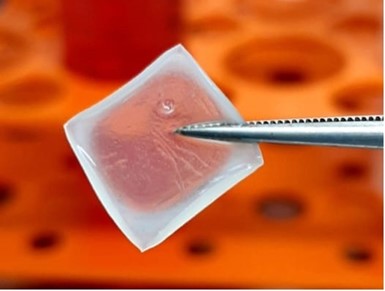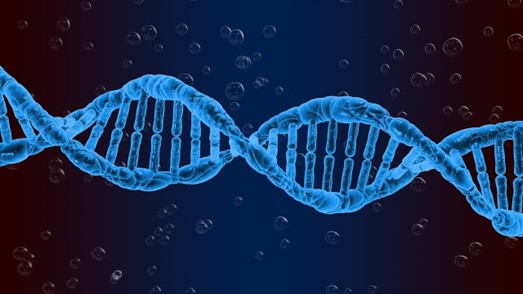
By Mariana Meneses
With advancements in medical research and technology, scientists are exploring the use of inventive treatments such as curatives enriched with human stem cells for the development of tailored regenerative therapies.
While some debate ethical concerns about stem cell therapies, scientists are advancing our understanding of how stem cells work, and AI in precision medicine offers promise for disease prevention in what may become the era of personalized medicine.
Stem cells are unique because they have the potential to develop into many different types of cells in the body. When a stem cell divides, it can either remain a stem cell or become another type of cell with a more specialized function, such as a skin cell, a muscle cell, or a brain cell. This is known as differentiation.
In the context of treatments, stem cells can be introduced into an area of the body that needs repair. Once there, they can differentiate into the type of cells that the body needs, effectively aiding in the repair and regeneration of tissues. This is what makes the use of stem cells so revolutionary: they have the potential to speed up healing processes and treat a variety of conditions that were previously difficult to manage.
The use of stem cells in medicine isn’t new, but there have been significant technological and ethical hurdles to overcome.
For one, obtaining stem cells, particularly embryonic stem cells, has been a subject of ethical debate. Additionally, ensuring the safety and efficacy of stem cell therapies has required extensive research and clinical trials.
Ethical concerns about stem cell use have not disappeared, but they have been addressed in many ways. Scientists have found ways to get stem cells from sources other than embryos, like adult cells that have been changed to act like embryonic stem cells. Additionally, the process of obtaining donor consent has been improved, and there are now rules and guidelines for stem cell research and therapy that cover things like the origin of the stem cells, the rights of donors, and ensuring that stem cell therapies are safe and work well. Advances in technology have also made it safer and more effective to use stem cells.
There has been an increased focus on educating the public about stem cell research and therapy, which helps people understand and accept this technology better, although there are still debates as this field continues to grow.
One example of how stem cells are being used currently in regenerative therapies is ‘Biocuratives’.
Brazilian startup company In Situ has developed a 3D-printed biocurative with stem cells that shows promising results in the treatment of severe burns and chronic wounds, providing visible improvements in as little as a week and complete wound healing within three months. The biocurative, made from a mixture of umbilical cord stem cells and hydrogel, offers a texture suitable for 3D printing and absorption by human skin, releasing stem cells that stimulate the healing process and promote tissue regeneration.
This innovative solution has the potential to address the significant health and social challenges posed by chronic wounds such as those triggered by diabetes, as well as burns, providing a more cost-effective and durable alternative to existing treatments while avoiding the risk of rejection. The biocurative is currently undergoing clinical trials, and the startup aims to make it available through Brazil’s public healthcare system.

The biocurative (image above) can be applied directly onto human skin. Credit: In Situ / FAPESP.
The biocurative was presented in a 2023 paper published in the journal Regenerative Therapy, by Gabriel Manso, from the Department of Biochemistry and Immunology of the University of São Paulo, Brazil, and co-authors.
The researchers aimed to improve the healing of wounds in mice with diabetes using the biocuratives. The researchers applied these biocuratives to the skin wounds of diabetic mice and compared the results to healthy mice. They found that when the diabetic mice were treated with the biocuratives, their wounds healed faster and showed better collagen production to promote skin repair. These findings could provide a foundation for future treatments of diabetic patients.
“It is a therapy that offers an excellent cost-benefit ratio. Furthermore, the application process is very simple. Some current treatments for wounds can be painful. In the case of the biocurative, it is simply placed over the wound,” the study’s co-author Carolina Oliveira reported to the São Paulo Research Foundation (FAPESP).
Further examples of the use of AI in understanding cellular functions are two studies featured in Science Daily by Dr. Ahmet F. Coskun’s team from the Georgia Institute of Technology.
One of the studies was led by Mythreye Venkatesan and published in April 2023 in the journal Scientific Reports, and another was led by Zhou Fang and published in May 2023 in the journal Cell Reports Methods. The researchers used advanced imaging techniques to understand how organelles are arranged in stem cells, which helps in developing personalized cell therapies.
By studying the configuration and function of organelles and RNA molecules in stem cells, researchers can create personalized therapies that are more effective for the unique needs of each patient. This knowledge can lead to advancements in cell therapy and improve the outcomes for people with differing medical conditions. The research also contributes to our overall understanding of how cells function, which can have broad implications for improving healthcare in the future.

Illustration of the structure of DNA. Credit: The Digital Artist.
What is coming our way, in healthcare technology?
Among Big Think’s list of 5 biotech trends to watch in 2023 are cell and gene therapies for advancements in reprogramming patients’ cells in vivo (i.e., within their own bodies) and delivering precision genetic medicine, synthetic biology with its increasing applications in biotech from regenerative agriculture (which focuses on soil health, retaining rainwater, increasing biodiversity, storing carbon, and reducing dependence on synthetic inputs) to bioproduction (i.e., producing therapeutic drugs, vaccines, and cell therapies using living systems) and engineering human gut microbes, and AI-enhanced precision medicine which utilizes machine learning and AI to discover new biological targets, design better drugs, and provide personalized treatments.
An editorial in the journal Frontiers in Artificial Intelligence entitled “Artificial Intelligence for Precision Medicine,” showcases breakthrough examples of AI applications in precision medicine.
These include AI-aided diagnosis, enhanced treatment and delivery, clinical decision support, patient care, radiomics (i.e., using algorithms to extract and analyze a large number of features from medical images), bioinformatics (i.e., the use of computer technology to collect, store, analyze, and disseminate biological data), and innovative AI applications for patient safety. However, the authors acknowledge the need to address biases in AI models and improve interpretability to achieve the ultimate goal of precision medicine.
Interested in exploring related topics? Discover these recommended TQR articles:
- Reversing the Ageing Process? New Discovery Points to The Body’s Relationship With Time
- New Understanding of How Cells Communicate May Supercharge Medical Advances
- New Light on Nature’s Technology Connects Plant-Microbe Interactions and Climate Change



